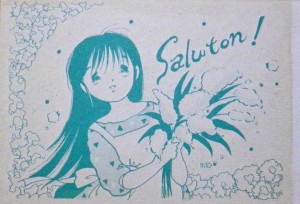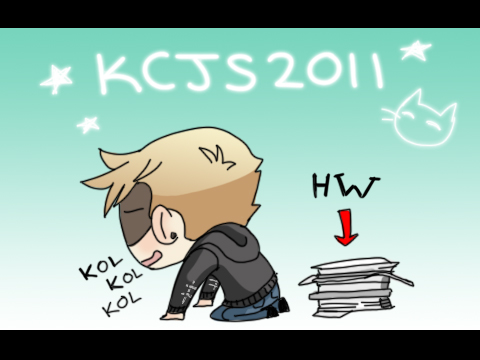To be sure, my insight into private drawing classes hasn’t changed much from last quarter. I’ve learned how to understand critique in Japanese, and how to follow both drawn and spoken suggestions despite limited relevant vocabulary. This quarter I’ve managed to communicate a lot more with my teacher, and a lot of last quarter’s frustration regarding being given assignments I found boring has been alleviated and, perhaps helpfully, replaced with frustration in struggling through more challenging structural and organic perspective assignments. Huzzah!
I have learned that, in practice, in small classrooms the kinds of respectful language we Japanese language students have learned and are told to use are often dropped in favor of a mix of casual and polite language. Especially in the drawing classroom, the emphasis is on effective communication. This might be because some of the students are younger, ranging from elementary to high school age, although I’ve heard other adults speaking much the same way. Greetings and small-talk are typically polite or, less often, respectful, but when it comes to the meat of the conversation we often use casual or です•ます style alone.
Moreover, in this setting, critique is more straightforward than it might otherwise be when there isn’t a definite student-teacher relationship. My teacher will often employ softer grammar to phrase things more as a suggestion, but he still makes his point clear and will continue suggesting improvements every time he comes by if a piece of the drawing is still not dark enough, for instance.
I also find it interesting that even the younger kids receive the same level of critique. Many of the students in the classroom are there preparing to apply to art school, of course, but it seems that even at a younger age this kind of instruction is valued as a serious study, whereas in America there is a tendency towards leniency with children and treating private classes primarily as a fun pastime rather than actual skill-building.
Although I had the option to choose another CIP, perhaps the manga circle on campus, and in the process would have saved a good chunk of money, I can definitely say I am glad I stayed with this private classroom. The interaction can be more limited than some given that we mostly work independently, but the one-on-one instruction from the teacher and listening to him interacting with other students is very informative and gratifying.


